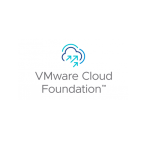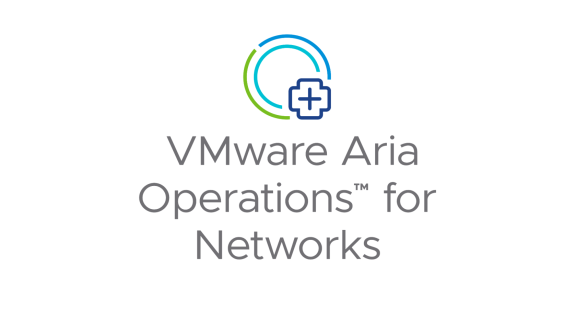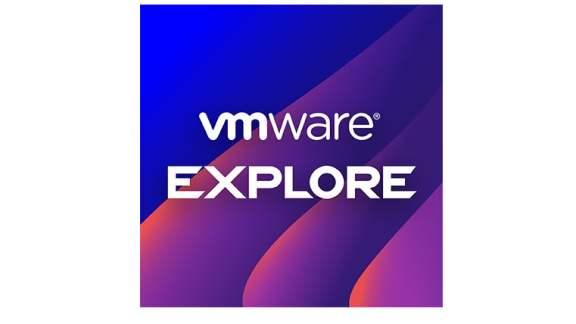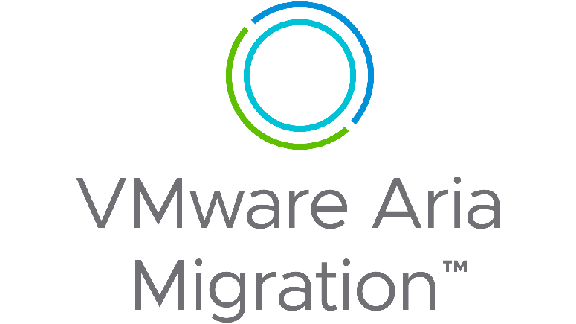As an increasing number of businesses now manage multicloud environments, being able to view all of these environments through a single pane of glass is critical for successful cloud management at scale.
Increasing visibility into your organization’s cloud environment isn’t always easy, especially if your multicloud environment spans multiple clouds, accounts, regions, business units, and teams. Gaining visibility is an important first step in your organization’s cloud maturity journey because it provides the foundation for more advanced cloud management processes in the future, like identifying opportunities for optimization and building automated governance policies.
Your organization’s Cloud Center of Excellence (or CCoE), either an informal group of team members tasked with managing the cloud or a more formal governing body made up of departmental leaders, works with business units and teams to provide guidance and strategy through the phases of the cloud maturity model. Leaning on your organization’s CCoE’s expertise and organizational-reach is a great place to start when first gaining visibility into your multicloud environment, as the CCoE can help ensure that each functional area, from finance to engineering to security, are able to see and access the information they find most relevant.
Best practices for visibility
Visibility spans cost, usage, performance, configuration, security, and availability. These areas of visibility are important to keep track of, report on, and educate with to help your organization understand the ongoing state of their cloud environments.
Targeting visibility to the individual
Within a multicloud environment, there is a broad and diverse set of roles that utilize the cloud on a daily basis. Infrastructure, operations, engineering, dev ops, finance, security, application owners, and line of business stakeholders all have unique requirements for the data they need to see to make decisions. Assigning visibility permissions based on personas can help employees be more focused on just the information they need to access and control.
Business context is crucial
Teams need to have an understanding of each other, as well as the resources and assets they manage, in order to know the best way to collaborate and troubleshoot when problems arise. For example, business context is critical when needing to resolve potential threats with remediation. Knowing if an asset is a marketing application on the web, or an internal system with sensitive data, you need to know the best way to respond and remediate this potential threat.
Additionally, using specific KPIs to help track your cloud visibility and management over time can also help mature your cloud function. These KPIs can be compared against previous business performance data to track progress or used to benchmark against industry peers.
Next steps
A standard cloud journey starts with trying to address challenges around gaining visibility. Without visibility across all your clouds, broken down by business groups, applications, or users, it’s almost impossible to take the next steps in the maturity model to improve the overall optimization, efficiency, and scalability of your organization’s cloud practice.
If you want to learn more about specific KPIs to track for visibility, along with best practices for the other phases of the cloud maturity model (optimization, governance and automation, and business integration), check out our eBook “Benchmark Your Cloud Maturity: A Framework for Best Practices”.







